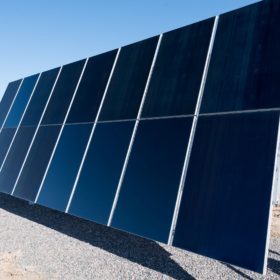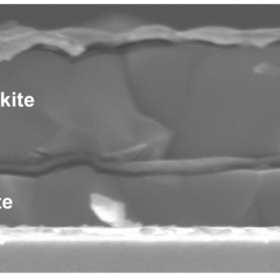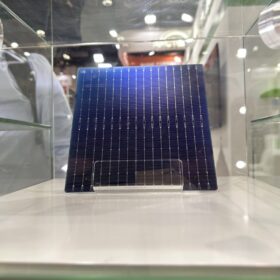Trina Solar probing potential breaches of TOPCon patents
Trina Solar says it has started evaluating potential violations of some of its patents for tunnel oxide passivated contact (TOPCon) tech. One of the patents focuses on the number of busbars and their width in TOPCon solar panels.
New design for antimony trisulfide solar cells promises 30% higher efficiency
An international research team has proposed a series of optimization techniques for antimony trisulfide (Sb2S3) solar cells that may reportedly increase the efficiency of these PV devices to over 11%. The resulting new cell design is said to significantly improve band alignment control and parameter optimization.
ReCreate unveils details of U.S. solar cell, module factory
The new venture is expected to bring 2 GW of solar module manufacturing capacity to the US market within 18 to 24 months.
First Solar probes potential infringement of TOPCon patents
First Solar says it is evaluating potential infringement of its patents for its tunnel oxide passivated contact (TOPCon) tech, secured through the acquisition of TetraSun in 2013. The US thin-film solar module manufacturer has not named the companies involved or given a timeline for the investigation.
All-perovskite tandem solar cell based on tin-lead perovskite achieves 27.8% efficiency
Scientists in the United States have fabricated an all-perovskite tandem solar cell that reportedly shows reduced interfacial energy loss in the cell’s top device. It was built with a hole transport layer based on a compound known as P3CT that was doped with lead iodide.
Residential PV power forecasting method based uniquely on direct radiation
Researchers in Spain have created a novel PV forecasting method that uses only direct radiation as a parameter. They found it to be “comparable, if not superior” to four established forecasting techniques. The method could help homeowners with PV systems decide when to use electricity-intensive appliances and cleaning systems.
All solar cell efficiencies at a glance – updated
The research group led by Professor Martin Green has published Version 64 of the solar cell efficiency tables. There are 19 new results reported in the new version.
AEG unveils hybrid inverters for high-voltage PV systems
The new three-phase hybrid inverter series includes five versions with power ratings of 6 kW to 15 kW. They feature efficiencies of up to 98.2% and a maximum input voltage of 1,000 V.
pv magazine interview: ‘Nobody is making money right now’
As part of our Intersolar 2024 interview series, pv magazine spoke with Bill Mulligan, CEO of Singapore-based IBC solar module maker Maxeon. He states the IBC technology will remain competitive despite overcapacity and dropping modules prices and says Maxeon may enforce intellectual property rights with all existing and new back contact competitors that are allegedly utilizing its technologies.
‘Module prices surprisingly keep going down’
As part of our Intersolar 2024 interview series, pv magazine spoke with Yana Hryshko, head of Solar Supply Chain Research for Wood Mackenzie, about overcapacity, declining panel prices and expected PV demand for the next years. She revealed that Chinese module procurement schemes are currently seeing unprecedented, “ridiculously” low bids, but she also noted that the $0.08/W threshold may now be difficult to exceed. Hryshko also expects many manufacturers to backpedal on previously announced capacity expansion plans and renegotiate module supply contracts.
















